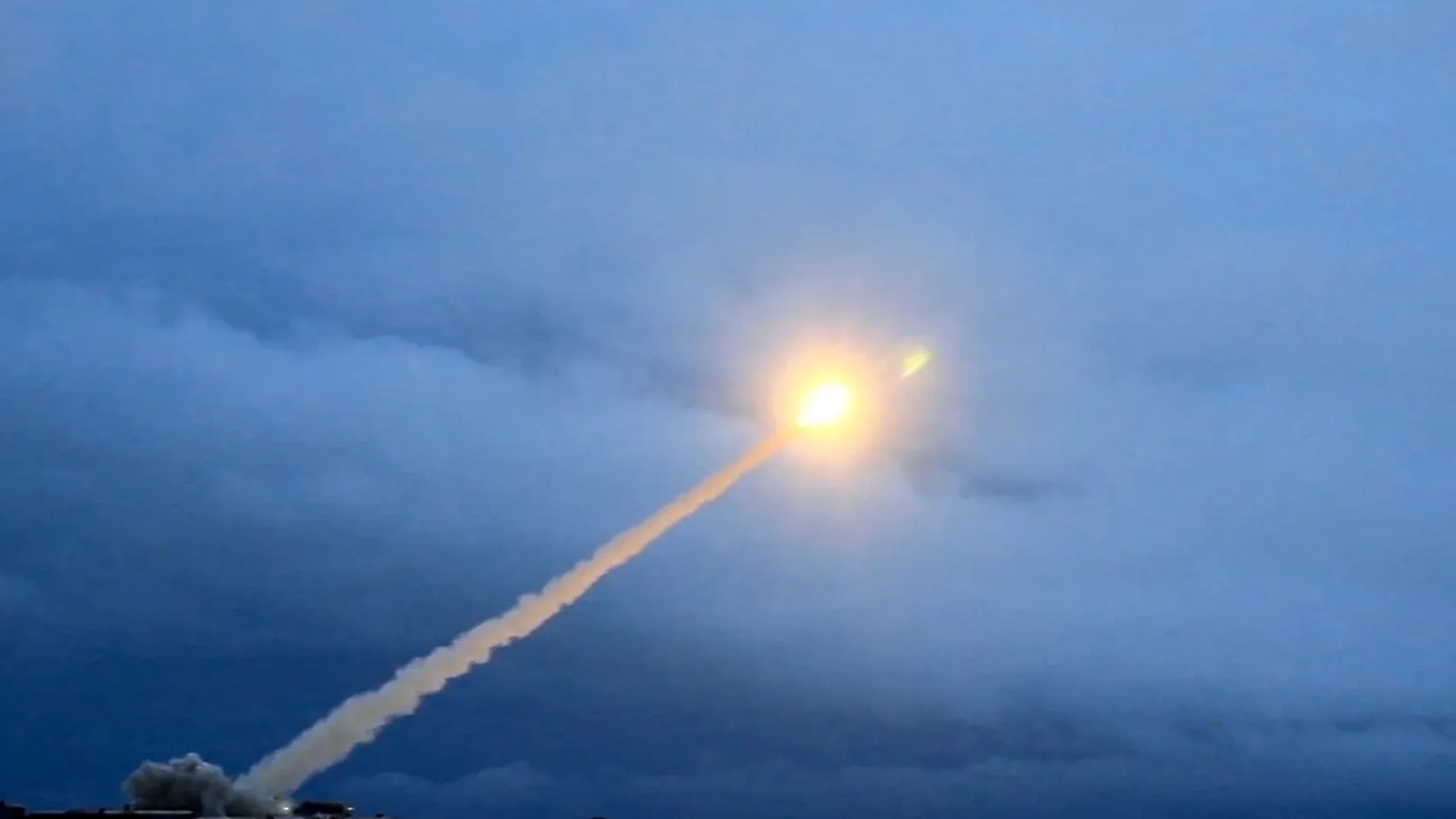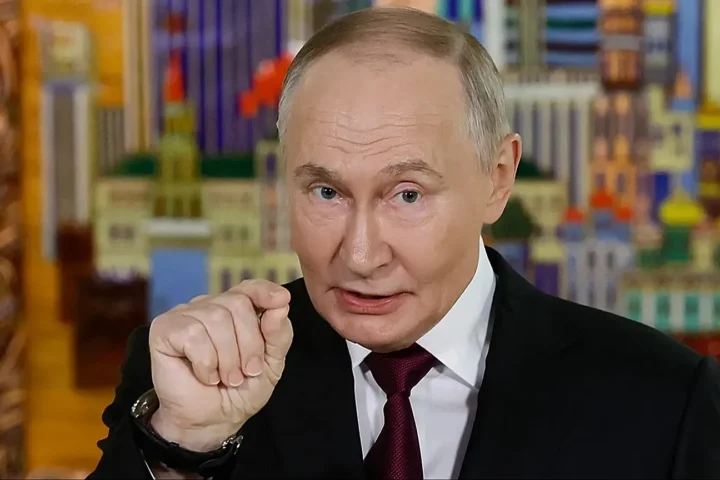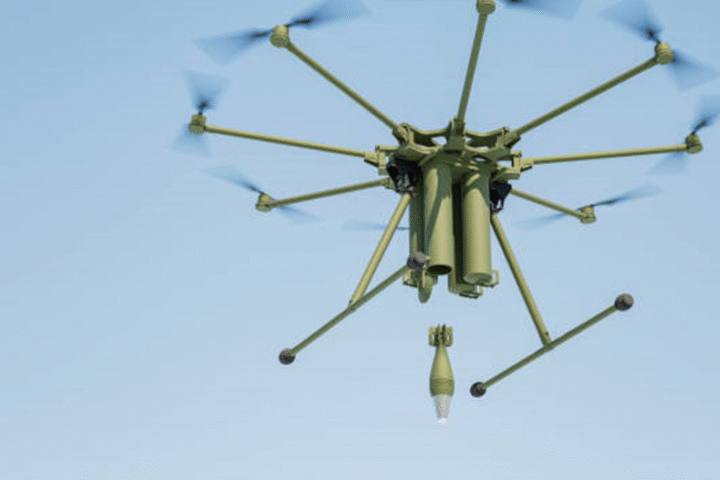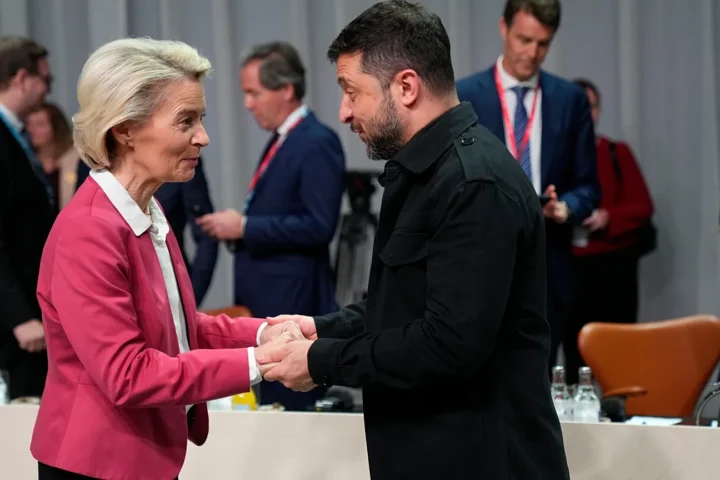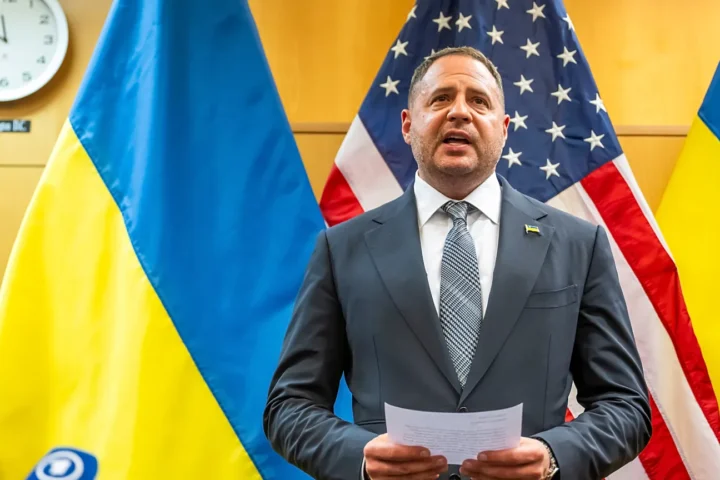Russia’s renewed push to ready its nuclear-capable 9M730 Burevestnik missile—known in NATO classification as the SSC-X-9 “Skyfall”—has ignited fresh concerns across the Euro-Atlantic defense community. As Moscow signals progress in testing and potential deployment of the controversial system, NATO officials have issued a rare joint warning, describing the weapon as a “strategic destabilizer with global implications.”
A Missile Designed to Change the Balance of Power
The Burevestnik is among Russia’s most secretive and technologically ambitious weapons projects. First announced by President Vladimir Putin in 2018, the missile is said to feature an advanced nuclear propulsion system, theoretically enabling near-infinite range and the ability to maneuver unpredictably around traditional defense shields.
If fully operational, the missile could remain airborne for extended periods and strike targets from unexpected trajectories, bypassing radar networks designed for conventional ballistic or cruise missile systems.
Russian state media has framed the weapon as a key pillar of Moscow’s deterrence strategy, designed to counter what it describes as Western “encirclement.”
Renewed Activity Sparks NATO Warnings
Recent intelligence assessments cited by Western defense officials indicate:
- Increased activity at Russian Arctic and northern test ranges
- Satellite imagery showing new infrastructure believed to support Burevestnik launch systems
- Reports of updated safety protocols consistent with preparations for nuclear-powered weapons trials
NATO Secretary-General Jens Stoltenberg stopped short of confirming deployment but warned that “any advancement of nuclear-powered, nuclear-capable delivery systems represents a direct challenge to European and global security.”
Member states have begun consultations on enhanced early-warning measures and air-defense readiness, particularly in the Nordic and North Atlantic regions where Russian testing activity has historically occurred.
Technical Risks and Environmental Concerns
The Burevestnik program has been criticized not only for its military implications but also for its environmental hazards. Nuclear propulsion in a cruise missile presents unique risks, including:
- Potential radioactive contamination in the event of launch failure
- Atmospheric pollution during extended flight
- Difficulty in safely recovering failed test articles, especially over remote Arctic seas
The 2019 accident near Nyonoksa, which killed several engineers, was widely believed by Western analysts to involve a failed Burevestnik test. The incident triggered short-term spikes in radiation levels and reinforced fears about the missile’s inherent dangers.
Russia’s Strategic Messaging
For Moscow, showcasing progress on the Burevestnik is as much about political signaling as it is about military innovation. Analysts argue that Russia aims to project technological superiority, reinforce its nuclear posture, and challenge NATO’s confidence in missile-defense architectures.
Russian officials claim the missile is necessary to “guarantee strategic balance” amid growing Western military presence near Russia’s borders—an assertion NATO firmly rejects.
NATO’s Response: Deterrence and Diplomacy
NATO’s alarm centers on the Burevestnik’s destabilizing potential, given:
- Its unpredictable flight path
- The difficulty of tracking or intercepting it
- The heightened risk of miscalculation during crises
Allied governments are now accelerating intelligence-sharing initiatives and reviewing early-warning capabilities. While NATO insists it remains committed to dialogue, officials emphasize that deterrence must adapt to “emerging and unconventional threats.”
European leaders have also renewed calls for updated arms-control frameworks that cover next-generation nuclear systems—treaties that Russia has shown little interest in negotiating.
Global Implications
The revival of the Burevestnik program could have far-reaching effects on global strategic stability:
- Arms-race escalation as other powers seek similar capabilities
- Erosion of existing nuclear treaties already weakened in recent years
- Increased risk of accidents, particularly as nuclear propulsion blurs military and environmental boundaries
Experts warn that a world where states can field nuclear-powered, long-range cruise missiles represents a significantly more unpredictable security landscape.
Conclusion
Russia’s latest steps to ready the nuclear-capable Burevestnik missile mark a troubling chapter in the evolving geopolitics of nuclear deterrence. As NATO raises its alert and calls for vigilance, the international community faces a critical moment: whether to confront this new strategic challenge collectively—or risk entering a new era of nuclear uncertainty.
